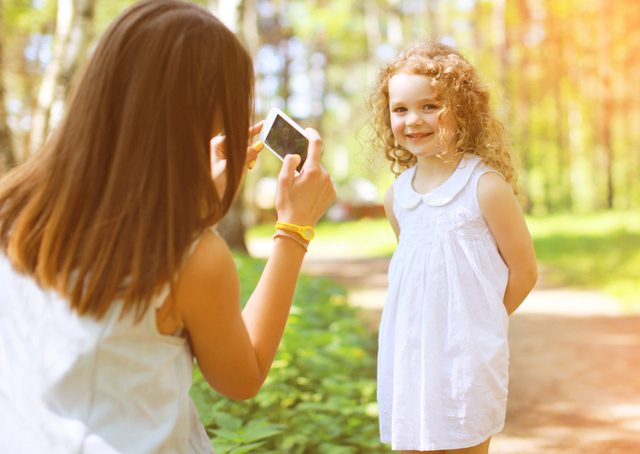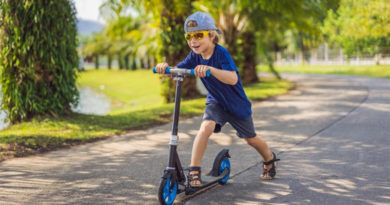5 Safety Tips for Sharing Photos of Kids
Who wouldn’t want to share that adorable baby picture, the latest accomplishment your kid had, or the incredible new dance costume that won the competition? Your smartphone and tablet applications let you chose where you want to upload your favorite shots — and then what you captured can be posted to all of your social media channels in an instant.

However, while there are many positives to this new technology, the down side is that it’s also easier than ever for someone to snatch your photo up and use it for their own purposes. Sites are not always moderated consistently, so it’s up to you to keep your photo sharing safe.
Here are five things you can do to protect your kids and yourself:
No. 1: Resize. Professional photographer Keith Barraclough suggests reducing the size of the images before uploading. This will make the file size too small to use for most purposes. Although photos still could get used, they become grainy if blown up. Don’t upload large files (think 300dpi or larger). Reduce your photos to 72dpi and resize them to a 3×2” (or similar), and you should be good to go. The total file size should be 500 – 800K max.
No. 2: Change your location service settings. Photographer Sari Goodfriend, who teaches at NY SALT’s photography program, suggests going into the privacy and general settings of your phone and turning off “location services” for each camera app that you have. She also suggests turning off all location permissions on social media, which keeps you safer both at home and while on vacation.
No. 3. Check social media site settings. It’s important to check your permissions and privacy settings on the social media sites you use. Sites can quietly change policies or how settings work, and you might not be aware of options like the ability to create different permissions, or lists for the people who get to see your photos — and those who don’t. For example, you may want to set photos to be seen only by family or close friends. Jennifer Hanley, director of legal and policy for the Family Online Safety Institute (FOSI), suggests a routine check of all your online channels at least once a year: “It’s like a spring cleaning, put it on your checklist.”
No. 4. Resist posting without thinking. One important thing to think about is how an image might potentially look in the future, says Hanley, especially when your kid’s prospective colleges or employers might find old images in a search down the line. Hanley also suggests regularly Googling yourself, and getting in touch with anyone who might have posted an image you would like taken down — like a photo of your son or daughter that might have been posted from a birthday gathering.
No. 5: Stay safer by using email. The safest route is not to share your personal photos with those on social media. While most sites might seem safe, you never can be sure where your photos will end up. Since we don’t always know what journeys our digital images might take, using email to share with family and friends is one way to worry less.



